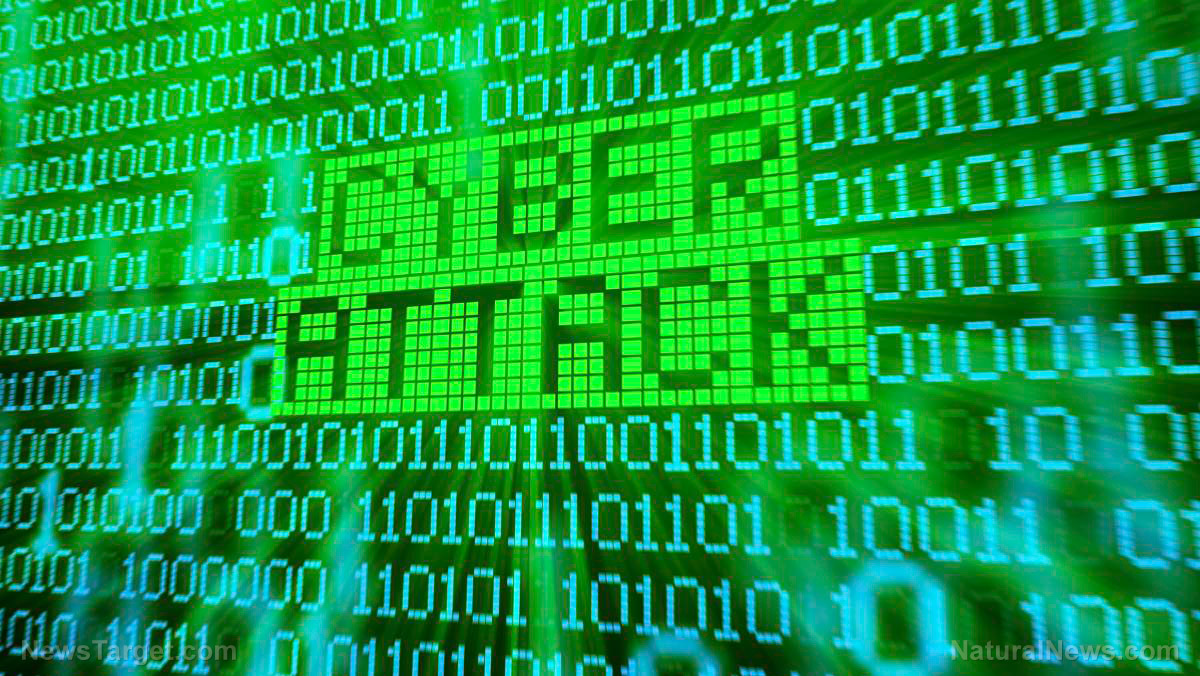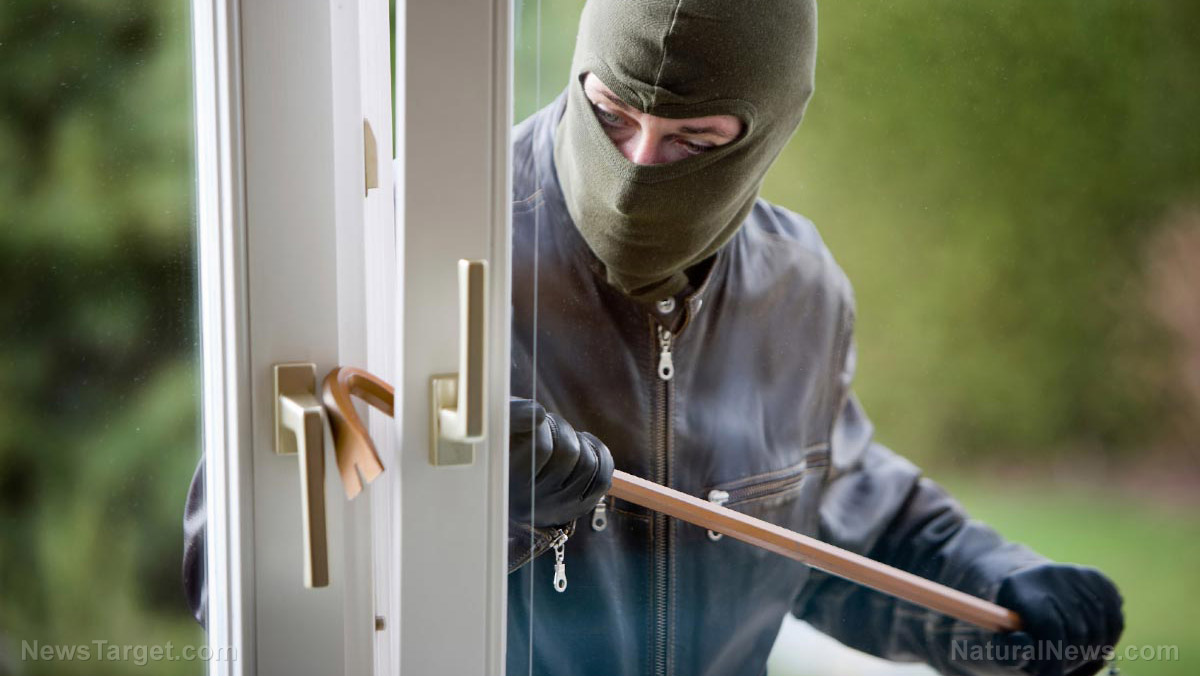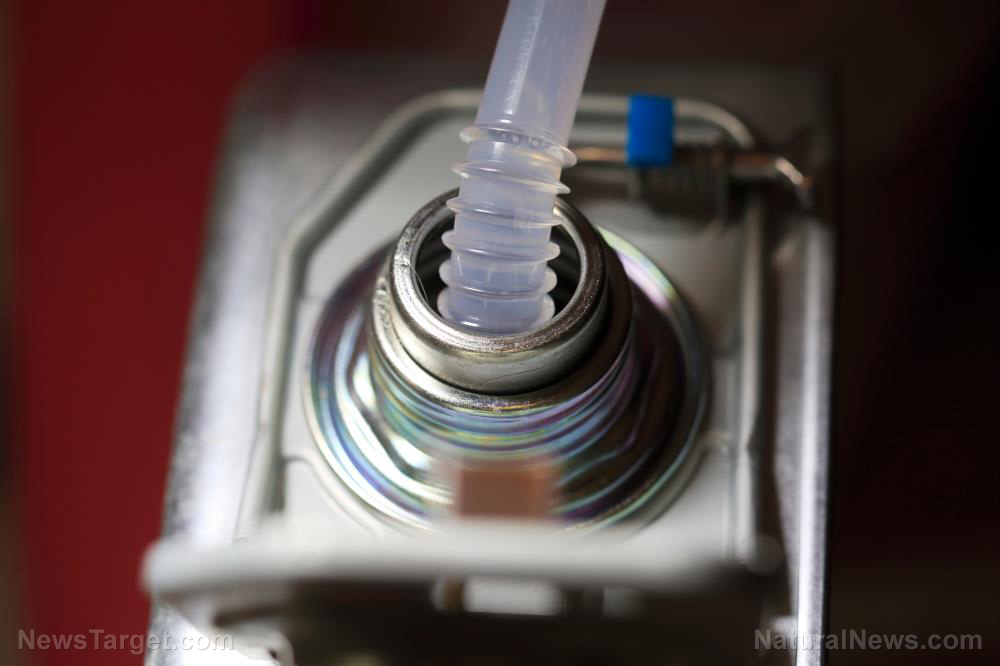Why emergency preparedness must be a crucial part of your survival plan
12/16/2021 / By Virgilio Marin

Emergency preparedness means that you will be safe before, during and after an emergency and have all the things needed for as long as the disaster lasts. These things include food, water, first-aid kits, medication and important documents. You wouldn’t want to head into SHTF without a solid emergency plan. Here’s why: (h/t to FoodStorageMoms.com)
Natural disasters are unpredictable
While there are meteorologists who are able to predict many natural disasters, they cannot foresee everything. The forest might suddenly catch fire, the ground might suddenly shake, a massive asteroid might hit the planet — disasters often happen on short notice. Additionally, natural disasters like forest fires, blizzards, hurricanes, tornadoes and floods can leave you stranded for days to weeks before help can reach you.
There won’t be clean water
Many people have become accustomed to having clean, running water. But in a major disaster, people manning the water treatment plants will likely be too busy looking after their families. If for some reason water continues to come out of your faucet, it may not be clean or safe to drink. Without an emergency plan, you’re risking dehydrating yourself or contracting a waterborne disease.
Resources will be scarce
There won’t be enough resources for everyone when SHTF. Even local and federal assistance will be rare, as officials like the police and emergency medical personnel will most likely have their hands full. Therefore, you need to have your own food, medical and power supply, as well as first-aid and self-defense skills in order to survive a disaster. The first things to disappear during an emergency are canned foods, camping and survival gear, medicines, thick clothing, sanitation supplies, water filters, flashlights and batteries — in short, all your survival basics.
Disasters cause lingering effects
The effects of a disaster can last longer than just a couple of days. For example, food prices might go up in the wake of a hurricane and remain high months later. In worst-case scenarios, the effects of a disaster can last for more than a year. When that happens, you should have enough supplies to tide yourself over the year.
The power grid might go down
It’s hard to live without electricity. You use it to bathe, cook, heat and light up your home. Some people also have medical conditions that require electric medical equipment. Unfortunately, natural disasters like hurricanes and earthquakes usually take out the electricity. To make things worse, stores might become depleted entirely of charcoal, matches and other ways of heating. Take note that power outages might last longer than a day or two. You have to brace for long-term blackouts. (Related: The savvy prepper’s guide to surviving a long-term power outage.)
People will be in a panic
Expect chaos when SHTF. As resources run dry, people will likely resort to violence to get that last can of food. The good news is that panic is perfectly preventable. How? By being prepared.
How to be prepared for an emergency
Take a look at the following emergency preparedness tips:
- Stockpile food. Choose foods with a long shelf life, like dried beans and rolled oats.
- Store water. Every member of the household should be accounted for. Store four gallons of water per head to last at least a week.
- Keep a first-aid kit. Hospitals will be overwhelmed when SHTF, so it’s important to keep a first-aid kit (or more) in case of an emergency.
- Secure important documents. Put all important documents like birth certificates and social security cards in a water-proof binder.
- Hone your survival skills. Skills like purifying water, hunting and self-defense are important for survival.
Heading into SHTF without a concrete emergency plan will put your life at risk. Prepare for emergencies now to avoid the perils during and after SHTF.
Sources include:
Tagged Under: emergency preparedness, grid down, how-to, natural disaster, panic, Power Outage, preparedness, prepper, prepping, SHTF, survival, survivalist, tips
RECENT NEWS & ARTICLES
COPYRIGHT © 2017 PREPAREDNESS NEWS



















